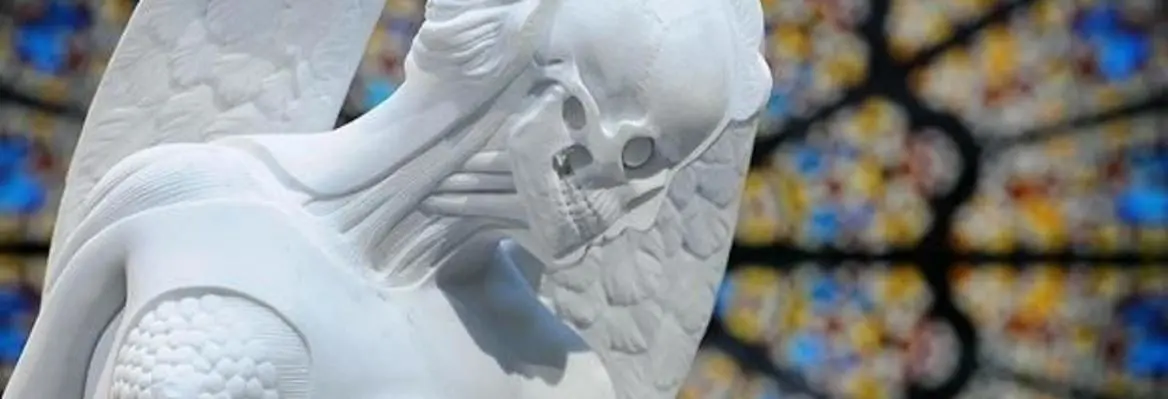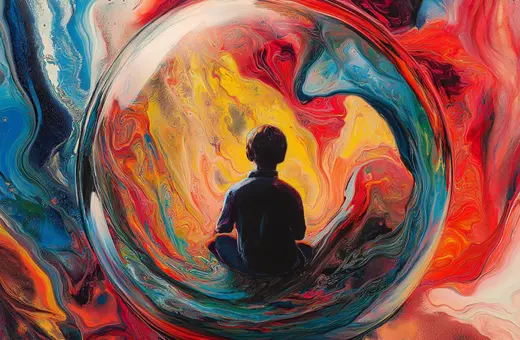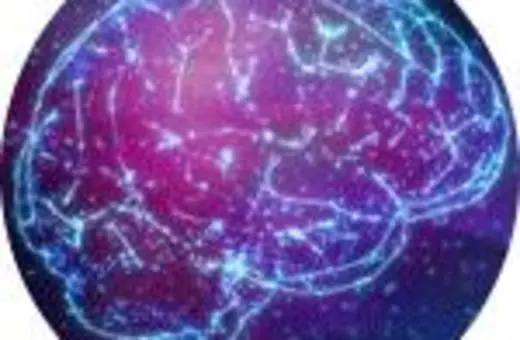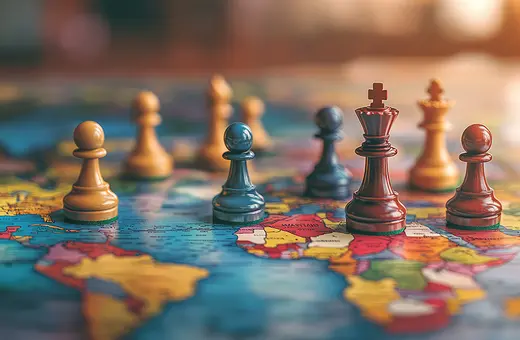Does science now provide our access to the sublime, or does art still have the power to make us feel awe?
This question is supposed to direct us to grand thoughts: the wonders and terrors of science versus visions of the sublime in poetry and visual culture. But that’s not how I see it. We need to tread carefully when we venture into lofty thoughts on the nature of science and the arts, all the more so if we decide to choose sides.
The grandeur of the terrain conceals rather tired debates involving more mundane matters: politics, money and sponsorship, as well as personal rivalries and resentments. Beyond binary conflict, not only does culture include science but, more significantly, science includes culture. To say this is to say very little, one might think, yet it remains deeply contentious, begetting endless battles.
The nature of the empirical research which gets done and the way it is broadcast and popularised, whether by scientists or their promoters, does not bring us to the true nature of things. It always reflects the assumptions and goals of the culture around it, or certain pockets of it. In the dazzling techno-world we now occupy, this should be more obvious than ever. The extraordinary degree of information available to us is presented carefully filtered of what might appear its less interesting aspects, via the addition of magnification, colour, sound, and more, to produce the most aesthetically attractive images. The most popular media presentations of science are themselves true works of art, delivered with as much metaphorical and poetic flourish as its interpreters can manage.
The return of battles between science and the arts takes us back to the 1780s and what is considered to be the birth of reason itself. This was when the philosopher Immanuel Kant (troubled by David Hume’s empiricism) awakened from his “dogmatic slumber” to announce that “objects conform to concepts and not concepts to objects”. In other words, we can never simply know “things-in-themselves”.
Philosophers and scientists have debated the toss ever since. As the French essayist, Montaigne, put it (back in the 16th century), we “need to interpret interpretations more than we need to interpret things” - a mere 400 years before its cutting-edge repetition by reputed poststructuralists, such as Derrida. In the beginning was the word, God said (so we know whose side He’s on!). Those who most stridently declare themselves the spokespeople of science today offer a similar unifying mantra for the natural sciences: in the beginning was the gene, and in rhetorical mimicry they do battle with God and creationists.
Clashes between the sciences and the arts were already troubling John Stuart Mill back in the 19th century: “the one doctrine is accused of making men beasts, the other lunatics.” In my own lifetime, it is more than fifty years since C. P. Snow, the British scientist and novelist, delivered his famous lecture in Cambridge, “The Two Cultures”. In it he criticised the literary scorn for “the men with the future in their bones.” In Snow’s view, the British education system then strongly favoured the Humanities over the Sciences, leading to a disdainful ignorance of science among the cultural elite. Snow eventually expanded his thesis into a less polarising book, The Two Cultures and the Scientific Revolution. Only a few years ago, this text was listed as one of the hundred books that had most influenced Western public discourse since the Second World War





















Join the conversation